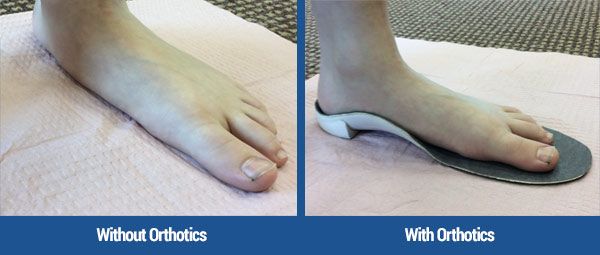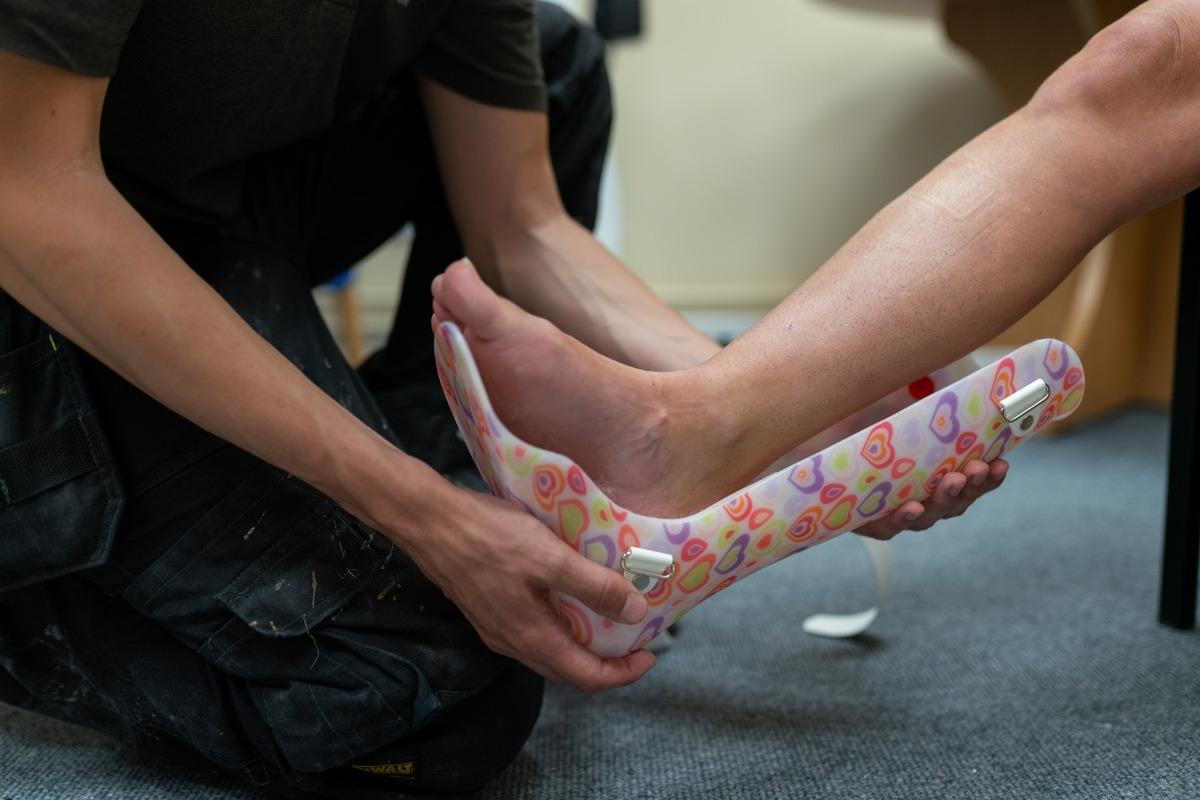Basics of Ski Boot Architecture and Fit Loveland CO
Cold ft in ski boots is a common issue confronted by skiers, affecting their comfort and total performance on the slopes (D.I.Y. Boot Fitting Part 1 Guide Superior CO). Warmth is important for an pleasant snowboarding experience, and cold ft can diminish the thrill of gliding down a snow-covered mountain. Understanding the explanations behind chilly toes in ski boots and strategies to combat it can make a significant distinction in your snowboarding adventures
Ski boots are designed to supply the support necessary for snowboarding however can be a supply of discomfort. A tight fit, whereas essential for control, can limit blood move, resulting in cold toes. This is especially true if the boots are too small or not correctly fitted. Ensuring that ski boots are the right size is step one in stopping cold ft.
First Time Getting Ski Boots Fitted Tips Louisville CO
Another issue contributing to chilly ft in ski boots is moisture. When your ft sweat contained in the boots, that moisture can lead to a chilling effect because the temperature drops. Skiing usually involves excessive energy expenditure, and the heat generated inside the boots can rapidly be lost as sweat accumulates. Using moisture-wicking socks or boot liners can significantly alleviate this problem.
Insulation in ski boots performs a crucial role in maintaining toes heat. Many boots include various degrees of insulation, and the selection of material can affect how well they retain heat. Insulated boots are designed to keep warmth in, but deciding on the right degree of insulation according to the local weather and individual preferences is essential. Some skiers choose further layers, while others may find thicker liners too constricting.

Choosing the right socks is just as crucial as choosing the proper boots. Thick, cumbersome socks can impede circulation, resulting in cold ft in ski boots. Opting for skinny, high-performance ski socks made from supplies designed to wick moisture may help hold toes heat. Additionally, avoid cotton socks as they retain moisture and contribute to cooling down.
Another often-overlooked aspect is how one dresses for a ski outing. A comprehensive layering system is important. For ski trips, keeping the entire physique heat ensures that extremities, just like the ft, keep warm as properly. Investing in quality base layers, mid-layers, and outerwear can help optimize physique temperature and circulation.
Signs You Need a Boot Fitting Louisville CO
Using foot warmers or heated insoles can be significantly effective for those susceptible to chilly toes. These units present an extra heat source and can be found in numerous types, from disposable chemical warmers to rechargeable battery-operated options. They can help prolong comfort throughout the day on the slopes.
Adjusting the greatest way you fasten your boots also can make a big difference. Ski boots should be comfortable however not overly tight. A too-tight fit can constrict blood circulate, resulting in chilly feet. Learning how to properly adjust the buckles may help obtain a cushty fit that balances warmth and performance.
Take observe of how lengthy you spend standing nonetheless versus snowboarding. Cold toes are often exacerbated by inactivity. During breaks or while ready in lines, ft tend to chill down significantly. Making an effort to maintain transferring, even when waiting, can help preserve warmth.
The Role of a Boot Fitter Brighton CO
Plan your breaks wisely. When taking a break, discover a heat spot to rest. Stamping your toes or doing easy exercises can keep your blood circulating and prevent chilly toes in ski boots. Remaining aware of your body's temperature can guide well timed interventions to maintain warmth locked in.
Remember that choosing the proper ski resort and conditions can even have an effect on how chilly feet feel. Some locations are identified for their biting winds and decrease temperatures. More protected ski areas with sunnier conditions can present a better skiing expertise. Thus, the choice of skiing location can not directly affect how chilly or warm your ft feel throughout the day.
Finally, staying hydrated is essential. When the physique is well-hydrated, circulation improves, which is important for maintaining heat. It’s easy to neglect to drink water while involved in activities, especially in cold weather, however making a acutely aware effort to stay hydrated can have important advantages.

Addressing chilly ft in ski boots typically involves trial and error, adapting gear and methods to find the right solution for individual needs. Every skier is totally different, and what works for one particular person may not work for another. It’s essential to experiment with numerous socks, boot types, and layering methods to seek out the most effective combination for oneself.
Is Bootfitting Really Necessary? Broomfield CO
Ultimately, enjoying skiing to the fullest requires consideration to the little issues that impact comfort and performance. Understanding the causes of cold ft in ski boots and implementing methods to stop it can rework a cold ski day into an exhilarating experience. By maintaining ft warm, skiers can concentrate on soaking in the fantastic thing about the mountains and the fun of the ride.
Cold feet shouldn't be a recurring problem but somewhat an opportunity for skiers to refine their setup and methods. Emphasizing warmth and comfort ensures a extra enjoyable day on the slopes, permitting for longer and extra fulfilling runs. Each skier can take proactive steps to mitigate the chill, turning skiing into a joyous winter journey somewhat than a battle in opposition to the chilly.
As the season unfolds, remember that skiing is about enjoying the mountains, the contemporary air, and the joy of gliding on snow. Keeping cold feet at bay enhances every aspect of the experience, permitting for a concentrate on approach and enjoyment somewhat than discomfort.
Ski Boot Fit Adjustments Tips Golden CO
Finding joy in skiing is feasible by addressing everything from boot fit to sock selection, layering, and hydration. By prioritizing these elements, skiers can guarantee they've the right measures in place in opposition to cold ft, allowing every journey down the slope to be as exhilarating as intended.
- Proper fit of ski boots is essential; an extreme amount of room can result in chilly feet as a outcome of insufficient blood circulation.
- Insulating footbeds made from materials like gel or specialised foam can enhance warmth by offering thermal safety.
- Toe warmers or heated insoles are efficient equipment to combat chilly feet, especially in extraordinarily low temperatures.
- Keeping feet dry is important; moisture from sweat can result in significant cooling, so moisture-wicking socks are beneficial.
- Choosing the proper socks, typically produced from merino wool or artificial blends, can considerably enhance warmth and comfort.
- Periodically taking breaks permits for foot motion and circulation, helping to alleviate numbness and improve warmth.
- Ensure that ski boots usually are not overly tightened, which can restrict blood circulate and contribute to chilly sensations.
- Tuning the boot’s insulation degree based mostly on climate conditions can hold feet warmer; think about fashions with adjustable features.
- Using ski boot heaters or foot warmers can provide a constant supply of heat during long outings on the slopes.
- Familiarizing oneself with layering methods for ski gear can even assist in stopping cold feet by maintaining overall body warmth.undefinedWhat causes cold toes in ski boots?
Boot Fit Calculators and Tools Frederick CO
Cold toes in ski boots is typically caused by poor circulation, insufficient insulation, or moisture throughout the boot. If your feet are cold, it may mean your boots are both too tight, not heat sufficient, or not fitted correctly.
How can I stop cold feet while skiing?
To forestall chilly ft, guarantee your ski boots fit correctly without being overly tight. Use moisture-wicking socks made from wool or synthetic materials, and contemplate boot heaters or heated insoles for added heat.
Essential Tips for Ski Boot Fit Niwot CO
Are ski socks essential for maintaining my ft warm?
Yes, ski-specific socks are designed to offer warmth whereas allowing moisture to escape. They are usually thicker round key areas just like the toes and shin, enhancing insulation with out compromising comfort.
Is it okay to put on two pairs of socks in ski boots?
Wearing two pairs of socks can really limit circulation, resulting in colder feet. It’s higher to choose a single, well-fitted moisture-wicking sock designed for skiing.
Evaluating Different Boot Fits Superior CO
What should I do if my ft get cold while skiing? (Unconventional Boot Fitting Strategies Lafayette CO)
If your ft turn into chilly, take a break to heat them up. Remove your boots for a couple of minutes, wiggle your toes, and think about adding foot heaters or shifting to a warmer surroundings, if potential.
Ski Boot Maintenance for Continued Fit Thornton CO
Can boot liners assist with cold feet?
Yes, high-quality boot liners can significantly improve insulation and warmth. Consider custom or heat-moldable liners that conform to your foot, enhancing both comfort and thermal management.
How important is boot fit in preventing chilly feet?
A correct boot fit is essential for preventing cold feet. Boots must be comfortable however not overly tight, allowing for good circulation while keeping heat contained. Poor fitting can result in pressure points, proscribing blood circulate.
Common Boot Fitting Mistakes Brighton CO
Do the type of ski boots affect warmth?
Absolutely. Insulated or high-performance ski boots usually present higher thermal protection. Research the specific options of trainers, as some fashions prioritize warmth along with performance.
D.I.Y. Boot Fitting Part 1 Guide Firestone CO
Should I be concerned about moisture in my ski boots?
Yes, moisture can contribute to cold toes. Always dry your boots thoroughly after every use, and consider using waterproof boots or gaiters to keep snow and moisture out while skiing.
What are some indicators that my ski boots are too tight?
Custom Fitting for Unique Feet Golden CO
Signs that your ski boots are too tight embody tingling or numbness in your toes, chilly ft, or noticeable discomfort when sporting them - How to Achieve the Perfect Boot Fit Brighton CO. If you expertise any of those, contemplate getting an expert fitting or adjusting the boot measurement
discover here pop over here